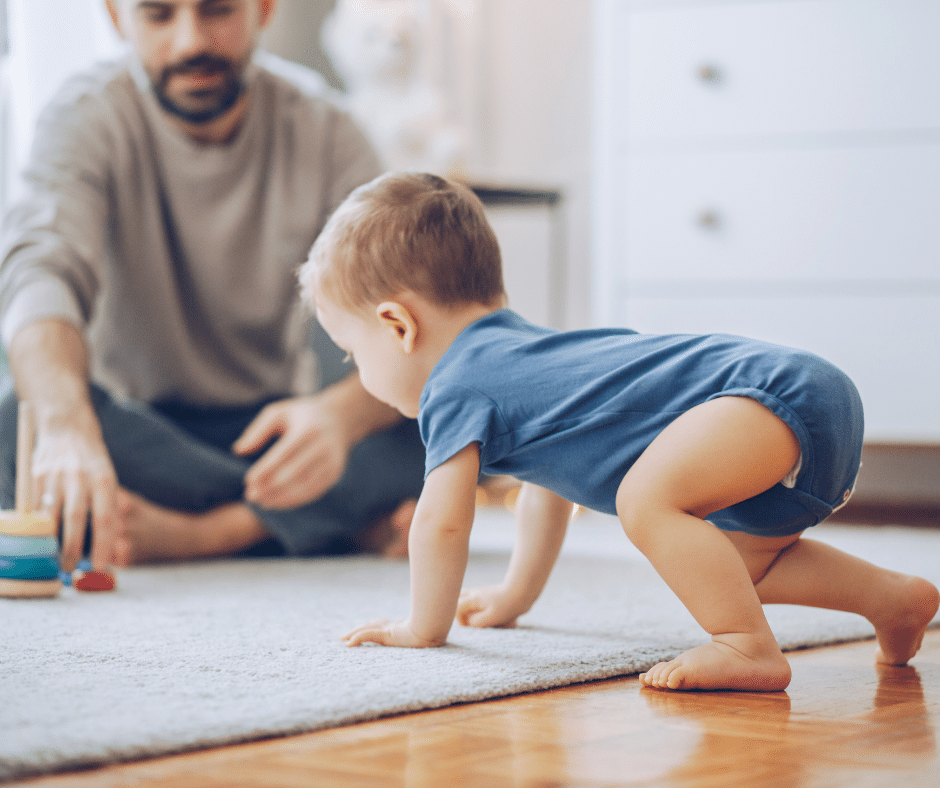Crawling: Benefits to Child Development
Crawling provides a diverse range of sensory experiences. Your child is experiencing a wide range of feelings through his skin, from soft to rough, wet to dry, cold to warm, and so on. Crawling also benefits the vestibular system, which is in charge of our capacity to balance and helps us sense where we are in space. This enables him to maintain his equilibrium as he moves from one side of the room to the other, as well as to calibrate his motions to reach his goal. This sensory information is required for developing the strength and coordination required for complicated motor action. It provides essential information to our brain, an organ that is constantly eager for input.
Crawling is extremely beneficial for physical development and motor abilities. The constant input, balancing, coordination, and strength required to perform this symphony of motions gradually strengthens every major muscle group. It also serves as the foundation for postural control by causing what is known as “co-contraction”: muscles working together to provide stability. In other words, it helps the child build the core muscles needed to stand, walk, run, leap, climb, and ride a bike one day, as well as sit at a computer to conduct schoolwork. It is also necessary for hand development. Crawling movements such as side to side and front to back aid to build dexterity and shape the arches in a child’s hands. This is crucial for developing the various grasps required for eating, writing, and gripping objects.
When it comes to crawling, and other essential motor skills, small developmental delays can have a big impact on a child’s development and wellbeing. Qualified therapists or even an ASQ screening can help catch developmental delays before they become a major challenge for your child.

